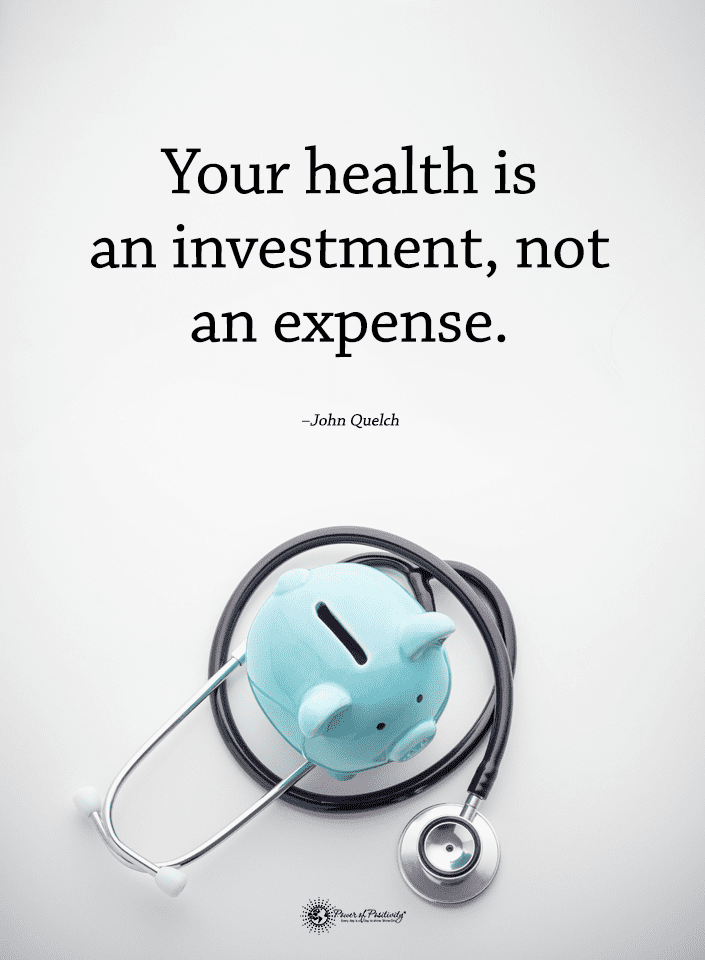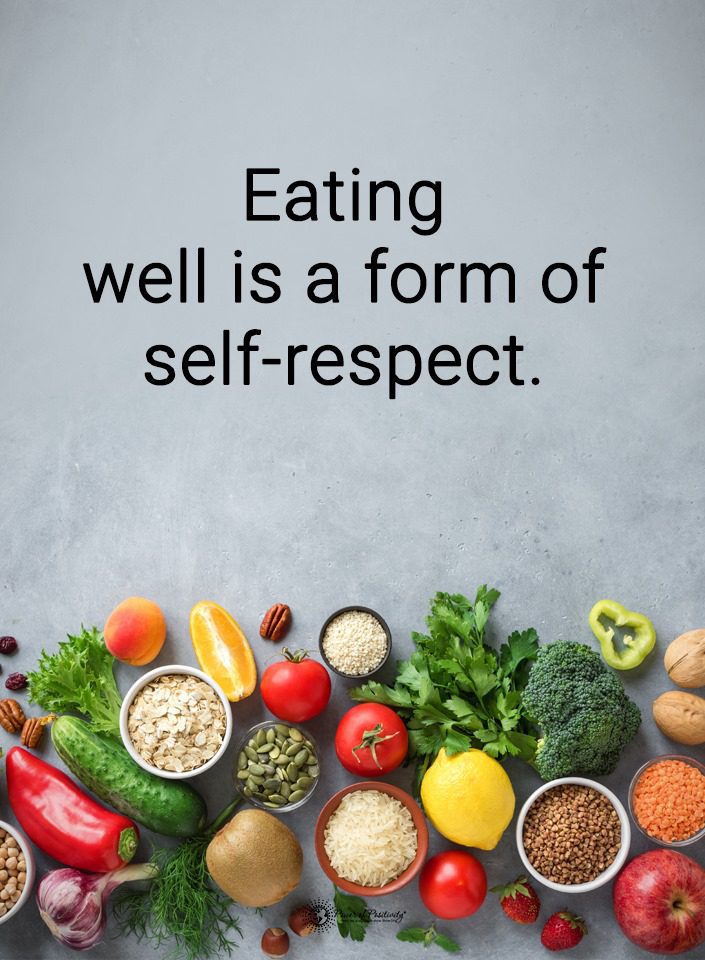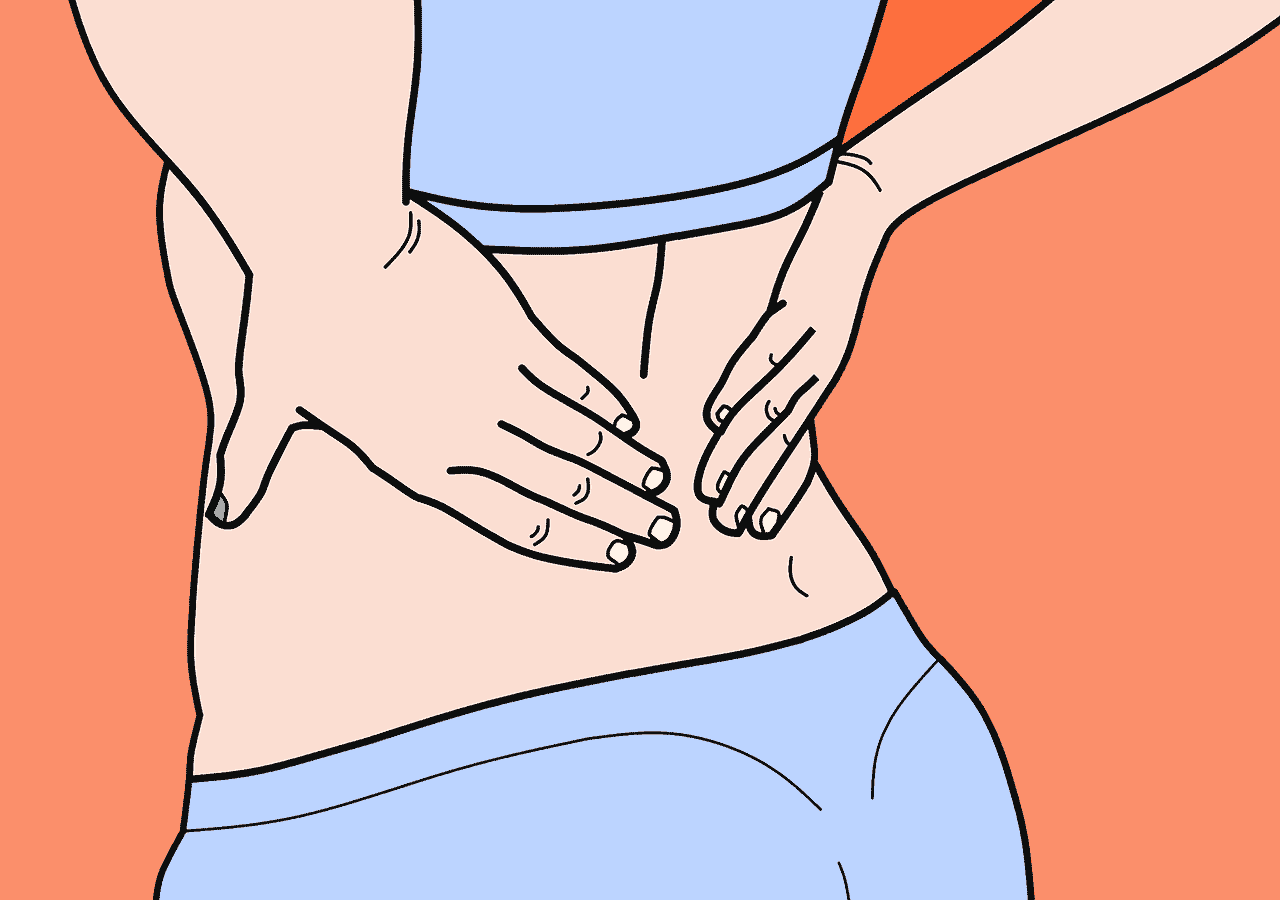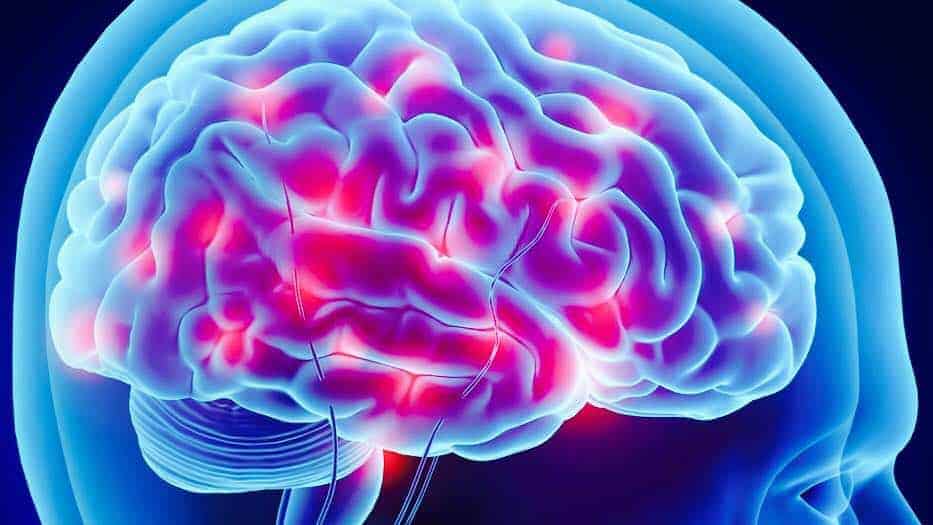Before discussing garlic, allow this short digression on modern medicine and the Western world.
“Let food be thy medicine and medicine be thy food.” – Hippocrates, The “Father” of Western Medicine
Ironically, Hippocrates is considered the Father of Western medicine, particularly with quotes like, “Let food by thy medicine and medicine thy food.” Most in the Western world look at food in many ways; as medicine, however, they do not (one need only look at current obesity rates.)
Let’s consider the rampant increase in prescription drug use. Have you ever considered just how obsessed Westerners are with popping pills? More than half of Americans – over 163 million people – take at least one prescription medicine every day.
The average number of pills each person takes? Four. The total number of prescriptions filled by Americans has increased over 85 percent – and in just the last 20 years.
What can explain such a drastic increase? It’s not like there has been an epidemic of some kind. People are living longer lives now than at any other time in history. (One may argue that immunizations and advanced surgical techniques have significantly influenced life expectancy more than drugs.)
Prescriptions versus Natural Remedies
Vinay Prasad, M.D., professor of medicine at Oregon Health & Science University has one theory. When asked why Americans and their physicians are so dependent on prescription drugs, Prasad asks rhetorically, “The question is, where did people get this idea? They didn’t invent it …” He continues, “They were spoon-fed that notion by the culture that we’re steeped in.” In other words, perhaps more drugs are prescribed than necessary. Perhaps a lot more.
People studying the issue note drug companies’ intense, if not downright immoral, marketing efforts. In a 2017 editorial piece featured in USA Today called “Prescription drug costs are up; So are TV Ads Promoting Them,” the publication interviewed a media research company president. This individual cites the total money spent by the industry in 2017: $6.4 billion.
Is that the reason why we rarely, if ever, hear about natural solutions to what ails us? The fact that there’s not enough money in it? Some food for thought. (Pun definitely intended.)
The myriad health benefits of garlic – a cheap, freely available food – provide an outstanding example of the potential of natural ingredients as medicine.

11 proven health benefits of garlic
Bear in mind that each claim made regarding each of the medicinal properties of garlic has at least one quality study behind it (in some cases, more than one.) So, what are these health benefits? Let’s get to it!
1. Garlic is very nutrient-dense
If our body is a vehicle, nutrients are the fuel. Nutrients are critical to all underlying biological activity that supports life. More specifically, nutrients allow for a healthy body, bodily functions, and cellular energy.
Garlic is a very nutrient-rich vegetable (and yes, it is a vegetable, not a seasoning!) with high concentrations of manganese (23% recommended daily allowance, or “RDA”), vitamin B6 (17% RDA), and vitamin C (15% RDA). Garlic also has a proper dose of selenium, calcium, copper, potassium, phosphorous, iron, and vitamin B1.
But the chemical properties of raw garlic, namely allicin, provide its inherent medicinal qualities.
2. Garlic contains potent natural compounds
Scientists continue to demonstrate the medicinal properties of garlic’s natural ingredients, most notably allium sativium, or allicin. Per the introduction to a study published in Vitro Pharmacology, where researchers study the potential effects of garlic compounds in patients with brain cancer, allicin demonstrates potent antioxidant, anti-inflammatory, antifungal, and antibacterial characteristics.
A sulfur-containing compound, other studies show that allicin possesses additional medicinal properties, like cardioprotective, antihypertensive, and nephroprotective properties as well. As we’ll discuss, allicin supplements help combat and prevent major diseases such as cancer and heart disease.
3. It boosts the immune system
Per a study published in The Journal of Nutrition, “Garlic contains numerous compounds that have the potential to influence immunity.” Immune cells are responsible for modifying the inflammatory response, which can lead to illness and disease if either suppressed or excitatory.
The same study – a randomized, double-blind, placebo-controlled trial – discovered that participants who consumed aged garlic extract (AGE) over a 90-day period tested for:
- Reduced cold and flu severity
- Less severe symptoms while sick
- Fewer self-reported days of “suboptimal” functioning
- Fewer missed days of school and work
These results led the authors to conclude that AGE supplementation may enhance immune cell function while reducing the effects of cold and flu symptoms.
4. Garlic improves oral health
Garlic has medicinal qualities in the treatment of various oral infections and diseases. Studies show that it aids in the treatment of the following:
- Periodontitis
- Inflammation of the gums and essential structural components of the teeth
- Oral thrush, a fungal infection which causes lesions to develop on the gums, inner cheeks, mouth, tongue, and tonsils
- Sore mouth from dentures
Experts observe that allicin has antimicrobial properties against a variety of bacteria, including bacteria which are resistant to many pharmaceutical-grade medicines. Garlic appears to act on oral bacteria by inhibiting the sulfur that many bacteria require to survive. Finally, it also seems to have value as a complementary treatment for some oral prescription medications.
5. It may prevent gastric cancer
Raw garlic has been found effective against the bacteria H. pylori, one of the most abundant bacteria in the digestive system. While many can live with H. pylori and never experience symptoms, it isn’t uncommon, particularly in developing countries. After some time, the bacteria may cause sores – ulcers – in the lining of the stomach and upper intestines.
A meta-analysis of 18 studies involving nearly 143,000 people found a strong correlation between the amount of garlic consumption and a reduced risk for gastric (stomach) cancer. Additional research is needed regarding its effect on H. pylori infection, however.

6. Garlic reduces high blood pressure
Taking garlic by mouth can reduce systolic blood pressure (SBP) by 7-9 “points” (mm/Hg) and diastolic pressure (DBP) by 4-6 mm/HG in people with high blood pressure. Blood pressure machines read out in the format systolic over diastolic (systolic/diastolic).
In a 2013 study, researchers found that patients given garlic tablets registered a reduction in both SBP and DBP when compared with the prescription beta-blocker, atenolol.
7. Garlic may help suppress allergies
A 2014 study published in the Journal of Medicinal Food, found that the compound ethyl acetate in aged garlic extract may suppress the immune protein FceRI, which is connected with the rise of inflammatory markers during allergic responses. Also, AGE inhibits the release of histamine, which may prevent allergic reactions.
8. It helps fight cancer
The anticancer properties of garlic are among the most researched topics in either traditional or alternative medicine. Studies continue to successfully demonstrate garlic’s therapeutic effects on lung, liver, breast, stomach, esophagus, skin, colon – and even brain cancers.
Concerning the last, researchers at the Medical University of South Carolina (MUSC) discovered that yet another compound in garlic – diallyl trisulfide (DATS) – serves as a potential weapon against glioblastoma. Glioblastoma is the most aggressive type of brain cancer, with a life expectancy of just around 14 months.
9. Garlic has anti-aging properties
Research shows that topical application of garlic extract may produce anti-aging effects due to its ability to increase the growth and lifespan of skin cells. A study published in the Journal of Ethnopharmacology found that adding garlic extract into skin cell cultures resulted in “some youth-preserving, anti-aging, and beneficial effects” due to garlic’s seeming ability to synthesize new skin cells.
Like many others, the study also notes garlic’s potential to inhibit cancer cells, concluding “the results of (this study) have applications for both anti-aging and anti-cancer research.”
10. It lowers cholesterol levels
In a 2013 meta-analysis of 39 primary trials published in the journal Nutrition Reviews, researchers from the University of Adelaide (Australia) conclude that garlic is effective in reducing serum cholesterol. Per the study, it also reduces LDL (bad) cholesterol in individuals with elevated cholesterol levels. The study notes that the reduction of cholesterol levels found in the study equates to a 38 percent lower risk of a coronary event at age 50.
However, the researchers note, garlic treatments may only be minimally effective in improving HDL cholesterol levels and triglycerides.
11. Garlic prevents obesity
Multiple studies have shown that garlic may reduce body weight and fat storage. Scientists have observed that garlic acts on two types of proteins – AMPK and uncoupling proteins – in fat, liver, and muscle tissue. It appears to convert certain macronutrients into energy as opposed to storing them as fat.
A compound in garlic, ajoene, is thought to actively decrease fat tissue by generating hydrogen peroxide, which in turn actives protein kinases that neutralize fat cells.
Final Thoughts on the Health Benefits of Garlic
Need we say more? Let’s just close with this thought. You can buy fresh garlic bulbs at almost any grocery store, for only a small percentage of what you would spend on even simple cough or flu medication.
Whether diced or crushed, it adds a great flavor to many dishes. It also gives you an immune system boost at the same time. So what are you waiting for? Start enjoying the natural, and tasty benefits of garlic with your next meal!
[Note: the information found in this article is not meant to serve as medical advice. Ensure you consult your primary care physician before starting, stopping, or making changes to your current medical or health care plan.















